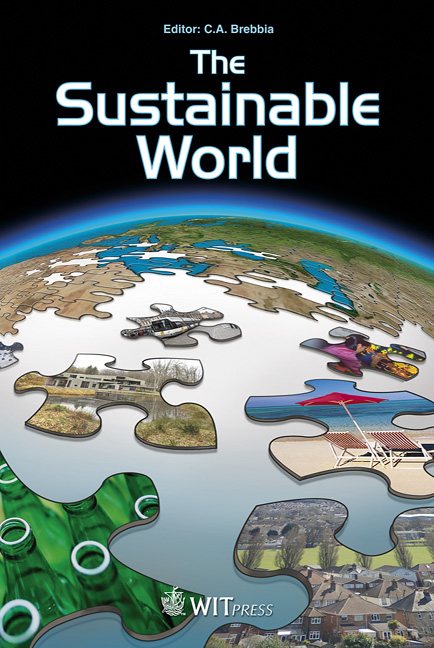The Eco-unit Settlement Adapted To The Vernacular Culture: A Case Study Of Dwelling Design In The Chaoshan Area Of Guangdong Province, China
Price
Free (open access)
Transaction
Volume
142
Pages
9
Page Range
265 - 273
Published
2010
Size
5,084 kb
Paper DOI
10.2495/SW100251
Copyright
WIT Press
Author(s)
Y. Z. Wang & Y. T. Chen
Abstract
Chaoshan is a Chinese term that is used to describe a unique linguistic and cultural region located in eastern Guangdong, which is a south-eastern province of China. This is a unique region with its own culture that is quite different from its neighbours in the other areas of Guangdong, as well as the rest of China. Because there is a cultural uniqueness in this region, if the eco-architecture with some of its advanced and well-recognised eco-tech features does not respect the existing vernacular culture, it will not be accepted by the local residents. It is very important to find a suitable design of eco-architecture that will truly match the tradition. With an extensive investigation and study of the local culture, we find that the concepts of \“compact”, \“sharing”, and \“autogenous” are best to describe the characteristics of the vernacular culture. To account for these characteristics, we proposed the mode of an \“eco-unit settlement” in dwellings that are in harmony with nature in our design process. Using an \“eco-unit settlement”, our design of a hillside dwelling in the form of a Lo Shu Square received first prize in an architecture design competition in Guangdong Province in 2006. It has also become one of the programme designs that the government recommends to those residents who are going to build houses themselves. In the present paper, how the dwelling design of the \“eco-unit settlement” adapts to the vernacular culture of the Chaoshan area will be discussed. Keywords: vernacular culture, Chaoshan area, eco-unit settlement, dwelling design.
Keywords
vernacular culture, Chaoshan area, eco-unit settlement, dwelling design





